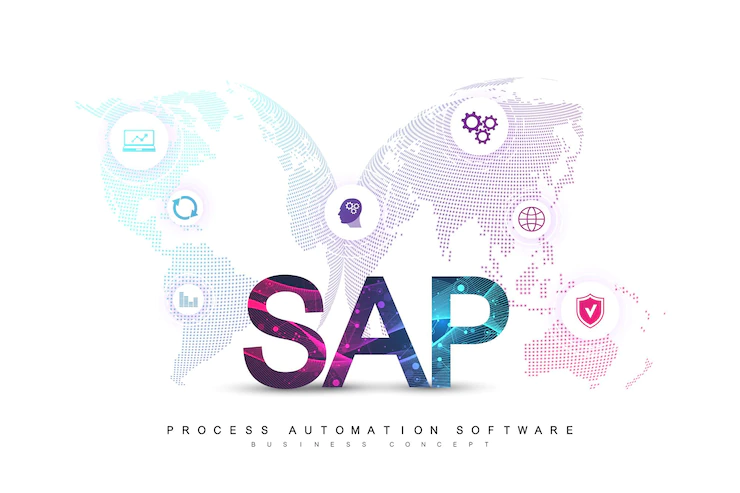SAP business is a business management system. This is a one in all business platform. SAP Business is an ERP software platform that is intended to give solutions to every type of organization.
Many business handlers do not understand the value of ERP systems for the small-scale industry. But the facts are not only for the small-scale industry.
For every type of business, the ERP system is a more economical solution. You can track down all sorts of organizational activities in a single platform.
Why SAP Business One?

SAP business one is an ERP software platform that is intended for small and medium-scale businesses. The function modulus is pretty attractive. From finance, customer relationships, and reporting. Procurement, and analytics, all in the single platform.
You do not have to invest a large amount of money. But your operational work will be much more streamlined. So why not select the SAP business one?
The Features Of SAP Business One

SAP Business One is an ERP or enterprise resource planning software that connects and streamlines business processes and grows along with the business.
KDS Consulting offers services to create great experiences for many businesses, providing enterprise solutions and add-ons to help businesses manage and operate better to reach their potential.
This enables decision makers to gain business insights and stay ahead of the competition. An ERP system is highly beneficial for small businesses to improve their business processes. Below are a few features that SAP Business One offers.
1. Financial Management
SAP Business One provides a complete set of different kinds of tools for streamlining financial operations. These tools include Accounting, Controlling, Fixed asset management, Banking and Reconciliation, and Financial reporting and analysis.
These various tools help improve margins, reduce errors and drive more profitable decision-making. It has multiple attractive features. So if you are thinking of improving your business operations, then these are the best solutions for you.
2. Sales and Customer Management
SAP Business One offers sales and customer management, with a variety of features that help oversee the entire sales process and customer lifecycle with greater efficiency.

Some of the features include Sales and opportunity management, Marketing campaign management, Customer management, Service Management, Reporting and analysis, and Mobile sales.
These features allow the entire sales process to be overseen more effectively and efficiently, starting from initial contact to final sale, after-sales service, and support.
3. Purchasing And Inventory Control
Other features that the ERP system has include Purchasing and Inventory Control. This feature allows the entire order-to-pay cycle to be managed, including receipts, invoices, returns, and payments.
Business processes such as Procurement, Master data management, Warehouse, and accounting integration, Accounts payable, and reporting can all be streamlined through these features.
Purchasing processes are able to be centralized by managing detailed data in a user-friendly interface.
4. Business Intelligence
SAP Business One collects company-wide data with analytics and has a variety of reporting tools. Data can be accessed from multiple sources, and new reports can be created or existing ones customized in a variety of layouts.

It is also integrated with standard Microsoft Excel functionalities, allowing your business to be seen from a variety of perspectives. Other features include all sorts of analytics with predefined type metrics.
In which the cash balance visibility and sales performance also be improved through all sorts of analytics work along with the predefined key performance indicators.
From the various features discussed, it’s clear to see that SAP Business One provides a multitude of features that could be highly advantageous to any business looking to improve its processes.
SAP Business One includes on-premise or cloud deployment, along with integrated business intelligence and quick deployment. This ERP system allows various business functions to be automated, streamlined, and consolidated, including accounting, financials, purchasing, inventory, sales and customer relationships, and reporting and analysis.
If your business is looking to implement ERP solutions, KDS Consulting can help implement SAP Business One solutions into your business functions and ensure that your business has greater efficiency.
Wrapping It Up:
SAP Business One is a single solution for all. You do not have to pay for any kind of extra tools. This one platform is enough for controlling the whole business process. After seeing the features of the platform, I think you already understand the value of SAP business solutions for any type of business.
Read Also:






















